This 'How to Join and Pattern Match Fabric' guide has been written by Funki Fabrics, a provider of some of the industry’s most diverse lycra stretch fabrics.
Joining fabric is a process that can seem daunting at first, but with the right techniques and a little bit of know-how, it can be a breeze. Start by choosing the right fabrics for your project, then use the correct method of joining to ensure a seamless finish. Once you've got the hang of it, you'll be able to tackle any fabric joining project with ease!

Joining fabrics the right way
There are a few different methods you can use when joining fabrics together. The most important thing is to ensure the fabrics are properly matched to make the join seamless. Here are a few tips for joining fabrics the right way:
- Make sure the fabrics are of the same weight and thickness. This will help ensure a smooth finish.
- If possible, try to choose fabrics with the same pattern orientation. This will make it easier to match up the patterns correctly.
- Use a good quality fabric glue or tape to join the fabrics. Avoid using pins if possible, as they can leave unsightly marks on the fabric.
- Take your time and be patient when joining fabrics. It's important to get it right, so don't rush!
With these tips in mind, you're ready to start joining fabrics like a pro!
The benefits of matching fabric patterns
When the fabrics are properly matched, it's difficult to tell where one fabric ends and the other begins. This is a great way to conceal any seams or joins in your project and can help give your finished piece a polished look.
So why is it so important to match fabric patterns? There are a few reasons:
- It creates a well-executed finished look for your project.
- It helps to conceal any seams or joins in your project.
- It makes the fabric look more uniform and cohesive.
If you're looking for a professional finish for your next sewing project, then take the time to match up the fabric patterns correctly.
In summary
Joining fabrics can seem daunting at first, but with the right techniques and a little bit of know-how, it can be a breeze. Start by choosing the right fabrics for your project, then use the correct method of joining to ensure a seamless finish.
Matching fabric patterns is important when joining fabrics together to make the joining seamless. The benefits of matching fabric patterns are: It creates a smooth finish, makes your project look professional, and gives your project a polished look.
There are different methods of joining fabric, and each has its own individual benefits. Using a good quality fabric glue or tape to join the fabrics together is always best, as pins can leave marks on the fabric.
Take your time and be patient when joining fabrics - you'll soon gain confidence, then you'll be able to tackle any fabric joining project with ease!
More Sewing Guides
This article will help you choose the correct fabric if you're unsure what to look for, Fabric 101: A Guide to Choosing Fabric.
The Ultimate Sewing Thread Guide. Everything you need to know to choose the perfect thread for every sewing project.
Want to start sewing but need a helping hand with the basics? Our Sewing 101 course has everything you need to start sewing confidently and improve your skills.

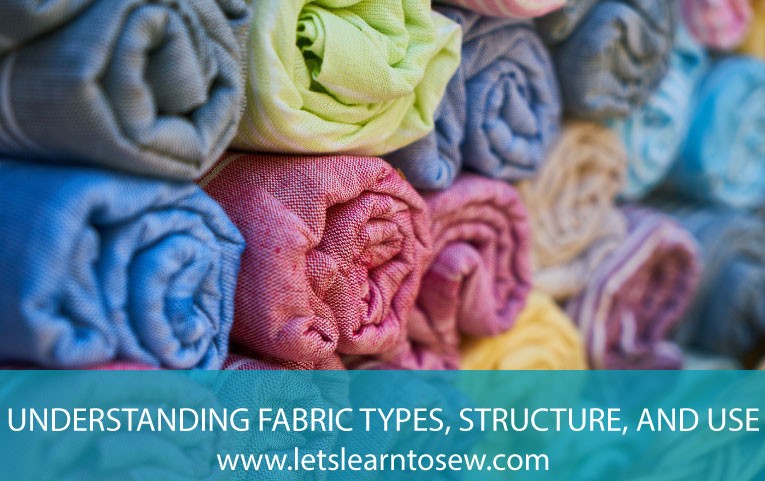
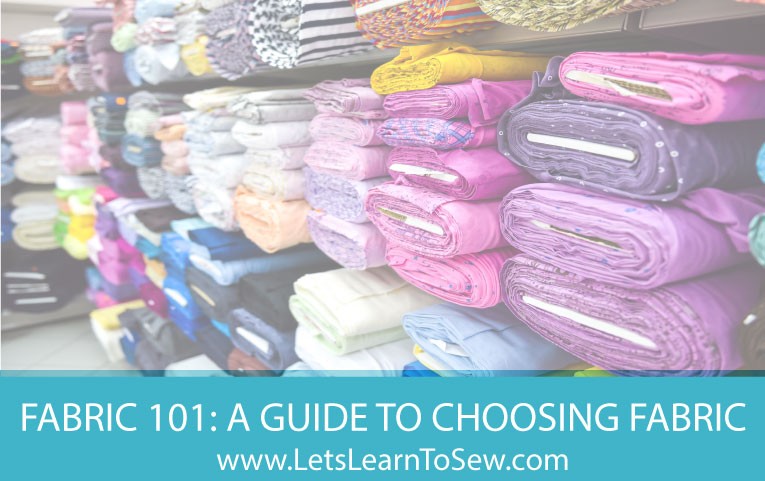


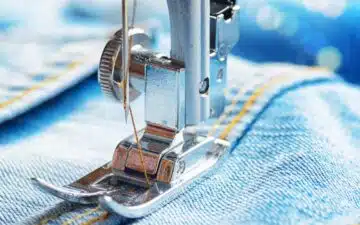
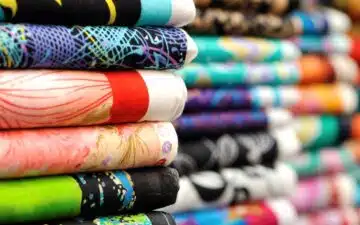
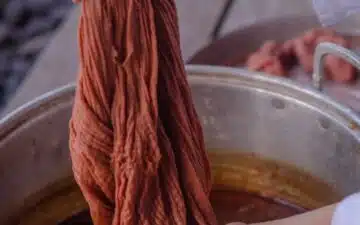
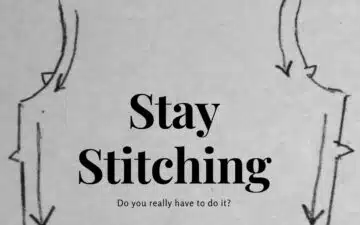
Leave a Reply